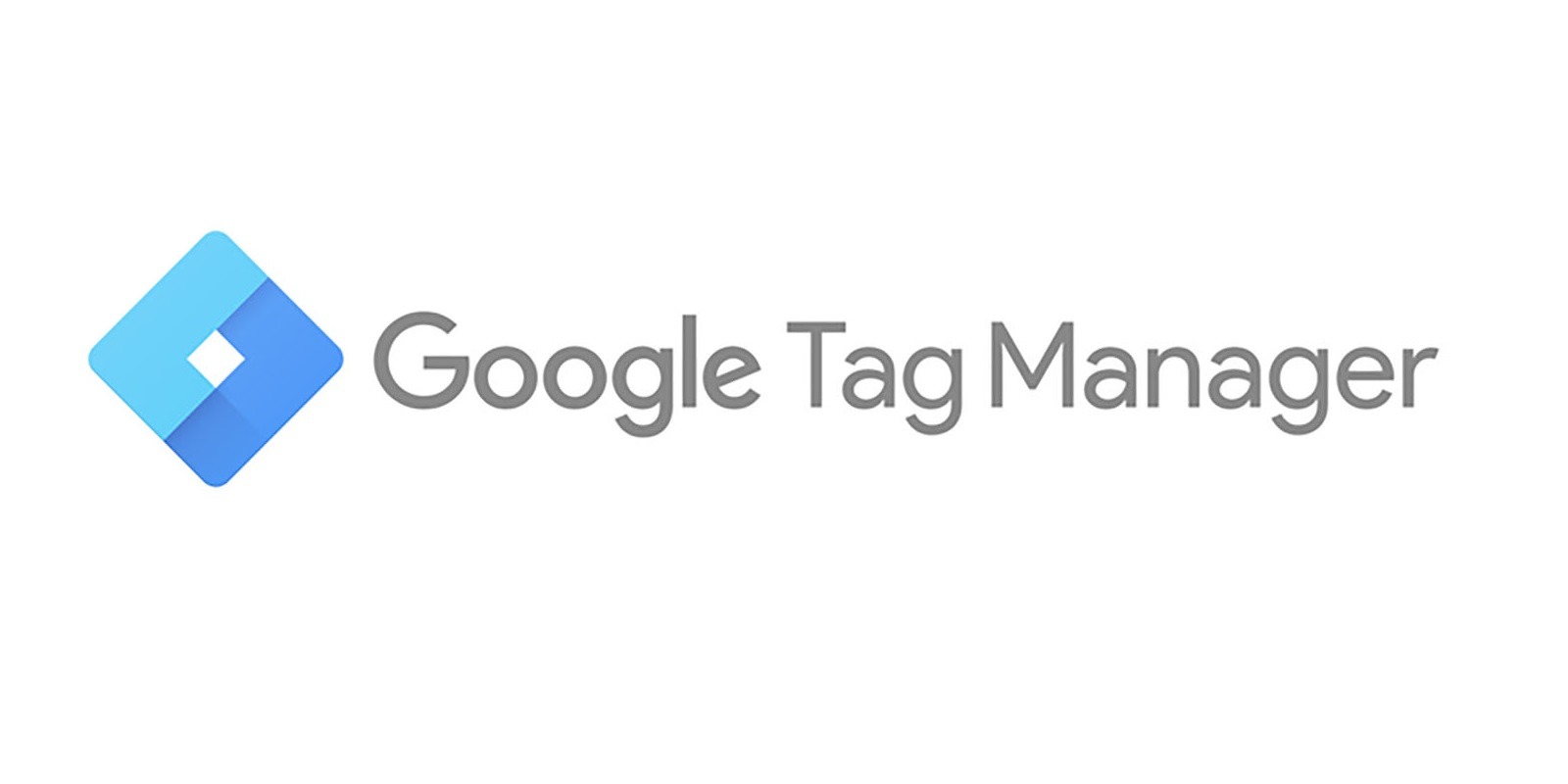

The GTM user interface also receives updates with new features regularly, so you are almost always better off implementing other marketing tags directly with it than with another integration.
TAG MANAGER INSTALL
TAG MANAGER CODE
Let's start the Google Tag Manager tutorial by showing you where to get the Google Tag Manager code snippet and then where to install it on the website. Install Google Tag Manager on your website Now that we have this out of the way, let’s look at the implementation. To avoid CSS flicker and ensure that variant tests load fast, a split-testing tag may also go directly into the source code. So the visitor may see how the content is re-rendered for a split-second. The only exception to the rule applies when you do conversion optimization with split-testing tools.īecause during conversion rate optimization, A/B tests are going to load different variants of a page. Those services are mostly JavaScript libraries for marketing or tracking tools that are implemented with a tag. Without it, your site and 3rd party tags are not in direct connection. Use GTM like a middle-layer between your website and 3rd-party services. Use GTM like a connecting layer between your website and 3rd-party tags. So, unless you have a solid reason not to add a tag to GTM, as a general rule of thumb, add all tags to the GTM container. And among them Google Tag Manager has a market share of 94%.

TAG MANAGER HOW TO
So lets talk about how GTM works and how to use it. I assume you already know what Google Tag Manager is. But if you are a beginner it is important to first understand how to use a tag management system together with other tools. If you can't wait, jump right into the installation tutorial or learn how to set up Google Tag Manager.
TAG MANAGER DOWNLOAD
This Google Tag Manager tutorial is where I teach you the process I've refined over the years, step by step, with examples and videos for you to learn.įurther down, you can download a GTM setup configuration file with all of the following best practices to import into your container.
TAG MANAGER UPGRADE
But, stay tuned for future updates on tighter integration and upgrade paths between the Google tag and Google Tag Manager.Home Analytics Consulting GTM Tutorial Google Tag Manager TutorialĪs a Google Tag Manager consultant, I've set up GTM on 100+ client websites. As we’ve previously recommended with the global site tag, the Google tag should be installed on all pages of your website.įor customers using Google Tag Manager, you will not experience any changes to your setup today. Starting today and rolling out over the next week, the Google tag will unlock new capabilities to help you do more, improve data quality and adopt new features - without requiring more code. Today, we’re further improving the tagging experience with the new Google tag - a single, reusable tag built on top of your existing gtag.js implementations that helps you confidently measure impact and preserve user trust. But we’ve heard from you that tagging is still cumbersome. To help you keep pace with industry changes, we've centralized our tagging solutions with Google Tag Manager, an enterprise tag management system, and the global site tag (gtag.js), which lets advertisers send event data to Google Analytics, Google Ads and Google Marketing Platform.


 0 kommentar(er)
0 kommentar(er)
